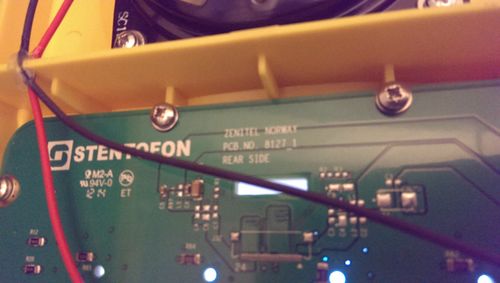TFIE Keyboard Settings: Difference between revisions
From Zenitel Wiki
No edit summary |
No edit summary |
||
| Line 9: | Line 9: | ||
* '''Keyboard Type''': Select new (0) or old (1) keyboard type | * '''Keyboard Type''': Select new (0) or old (1) keyboard type | ||
* '''Keyboard Brightness''': Sets the brightness of the light in the buttons | * '''Keyboard Brightness''': Sets the brightness of the light in the buttons, as well as the Power LED, Fault LED and Call LED. | ||
* '''Munimum Keyboard Brightness''': On stations where the user can adjust the backlight, one can define a minimum level, to prevent the station from getting "dark". | * '''Munimum Keyboard Brightness''': On stations where the user can adjust the backlight, one can define a minimum level, to prevent the station from getting "dark". | ||
{{note|The brightness setting will also influence on the brightness of the Call, Fault ans Power Leds}} | {{note|The brightness setting will also influence on the brightness of the Call, Fault ans Power Leds}} | ||
Revision as of 11:43, 31 October 2018
This menu option is available for TFIE, TFIX and ECPIR stations.
- Stations in AlphaCom mode: Select Advanced AlphaCom > Keyboard Settings from the menu
- Stations in SIP or PULSE mode: Select SIP Configuration > Keyboard Settings from the menu
- Keyboard Type: Select new (0) or old (1) keyboard type
- Keyboard Brightness: Sets the brightness of the light in the buttons, as well as the Power LED, Fault LED and Call LED.
- Munimum Keyboard Brightness: On stations where the user can adjust the backlight, one can define a minimum level, to prevent the station from getting "dark".
About the Keyboard Type
There are two hardware versions of the keyboard.
- PCB 8127_2 = Keyboard Type 0: Turbine Extended Keyboard Matrix
- PCB 8127_1 = Keyboard Type 1: Turbine Extended Old Keyboard Matrix (Produced in 2014 and earler)
The PCB number can be found by opening the front and looking at the top of the keyboard PCB.




